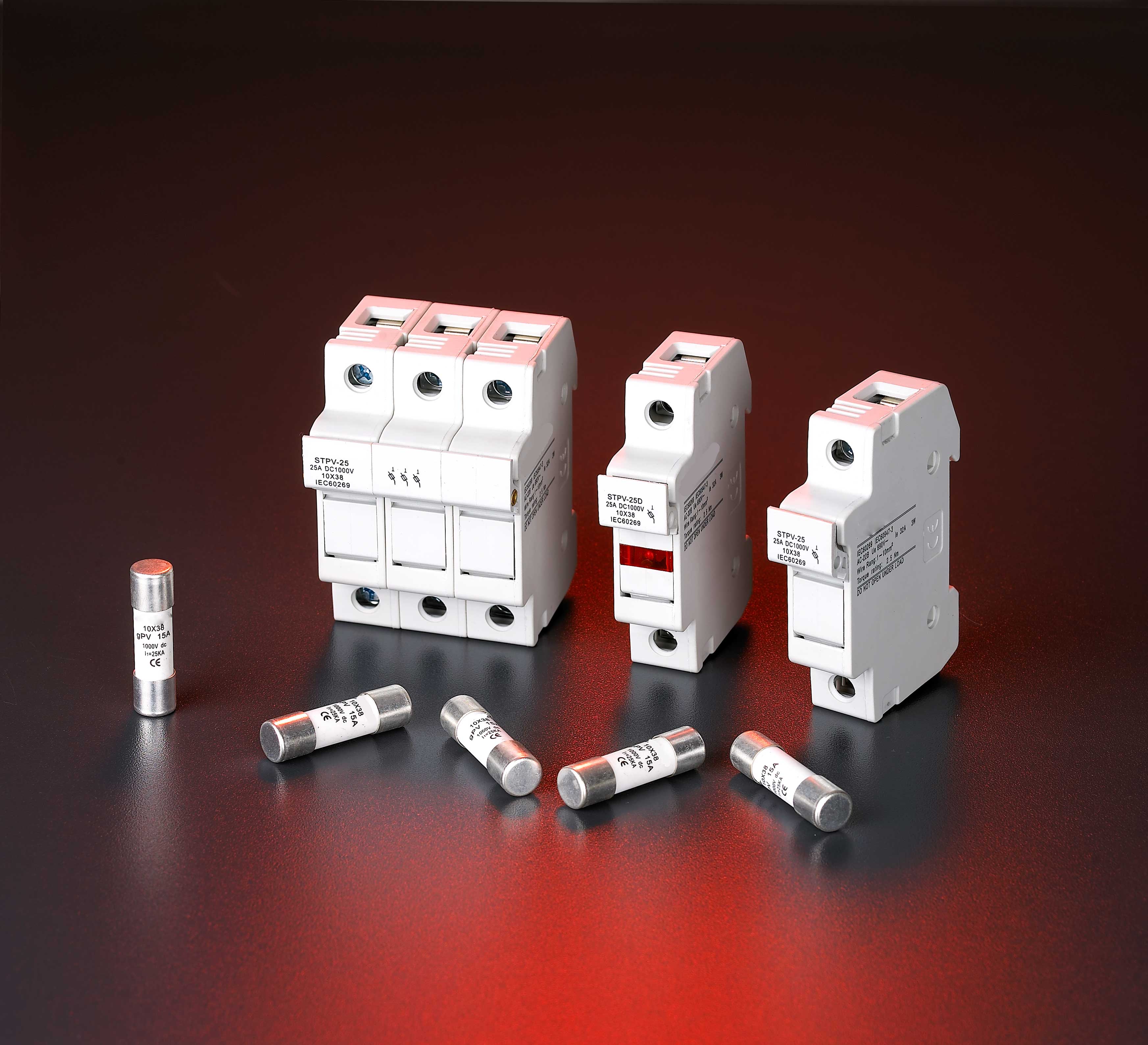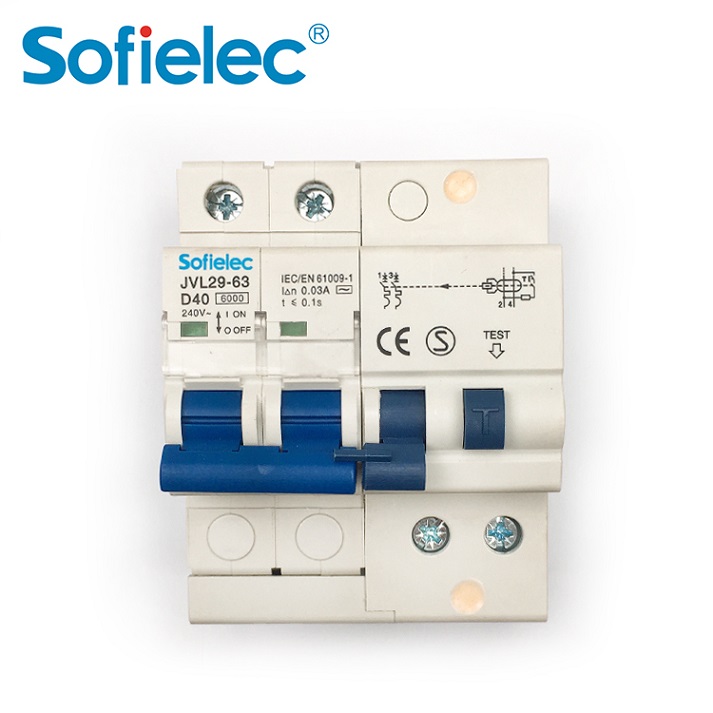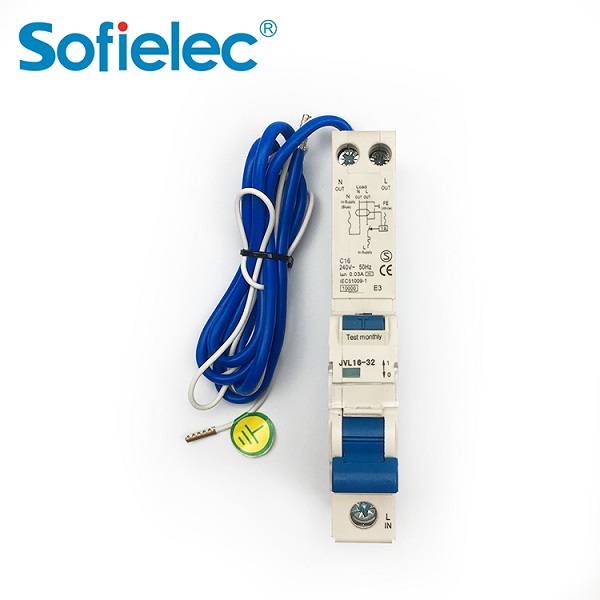Fuse
Fuse refers to an electrical appliance that fuses the melt with the heat generated by itself and disconnects the circuit when the current exceeds the specified value. The fuse is a current protector made by using the heat generated by itself to melt the melt after the current exceeds the specified value for a period of time, thereby disconnecting the circuit. Fuses are widely used in high and low voltage power distribution systems and control systems as well as electrical equipment. As a short circuit and overcurrent protector, it is one of the most commonly used protection devices.

working principle
An electrical appliance that uses a metal conductor as a melt to be connected in series in a circuit. When an overload or short-circuit current passes through the melt, it will fuse due to its own heat, thereby breaking the circuit. The fuse is simple in structure and easy to use, and is widely used as a protection device in power systems, various electrical equipment and household appliances.
Structural properties
The rated current of the melt is not equal to the rated current of the fuse. The rated current of the melt is selected according to the load current of the protected equipment. The rated current of the fuse should be greater than the rated current of the melt and determined in coordination with the main electrical equipment.
The fuse is mainly composed of three parts: the melt, the shell and the support. The melt is the key element to control the fusing characteristics. The material, size and shape of the melt determine the fusing characteristics. Melt materials are divided into two categories: low melting point and high melting point. Low melting point materials such as lead and lead alloys have a low melting point and are easy to fuse. Due to their large resistivity, the cross-sectional size of the melt is larger, and more metal vapor is generated during fusing. It is only suitable for fusing with low breaking capacity. device. High melting point materials such as copper and silver have a high melting point and are not easy to fuse, but due to their low resistivity, they can be made into smaller cross-sectional dimensions than low melting point melts, and generate less metal vapor when fused, which is suitable for high breaking points. capable fuse. The shape of the melt is divided into two types: filament and ribbon. Changing the shape of the variable section can significantly change the fusing characteristics of the fuse. Fuses have various fusing characteristic curves, which can be applied to the needs of different types of protection objects.

Use and maintain
The fuse in the low-voltage power distribution system is an electrical appliance that plays a role in safety protection. The fuse is widely used in the protection of the power grid and the protection of electrical equipment. When the power grid or electrical equipment is short-circuited or overloaded, it can automatically cut off the circuit to avoid electrical equipment damage to prevent the accident from spreading.
The fuse is composed of an insulating base (or support), a contact, a melt, etc. The melt is the main working part of the fuse. The melt is equivalent to a special wire connected in series in the circuit. When the circuit is short-circuited or overloaded , the current is too large, the melt melts due to overheating, thereby cutting off the circuit. Melts are often made into filaments, grids or flakes. The melt material has the characteristics of relatively low melting point, stable characteristics and easy fusing. Metals such as lead-tin alloys, silver-plated copper sheets, zinc, and silver are generally used. In the process of melting and cutting off the circuit, an arc will be generated. In order to extinguish the arc safely and effectively, the melt is generally installed in the fuse shell, and measures are taken to extinguish the arc quickly.
Fuses have the advantages of simple structure, convenient use and low price, and are widely used in low-voltage systems.



